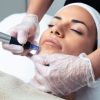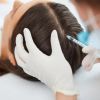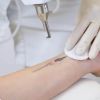Cryotherapy
Cryotherapy
Cryotherapy (freezing treatment) is used in the treatment of problematic lesions on the skin. The treatment is performed using special devices containing liquid nitrogen gas at a temperature of -196°C. Nitrogen gas freezes the problematic area. The freezing process takes about 5-12 seconds, and the duration may vary depending on the size of the area. After the procedure, the tissue returns to its normal temperature. Through the freezing process, problematic cells are damaged. The damaged cells die, the tissue regenerates itself, and as it regenerates, the damaged and dead cells are eliminated from the body.
For which conditions can cryotherapy be used?
It is effectively used in the treatment of conditions such as warts, molluscum contagiosum, keloids, sunspots (lentigo), dermatofibroma, corns, skin tags, actinic keratosis, seborrheic keratosis, and basal cell carcinoma. Cryotherapy is not used in the treatment of melanoma and moles with a risk of melanoma.
What are the side effects of cryotherapy?
After the treatment, there may be pain, swelling, and blistering at the application site. When crusting occurs after the procedure, an antibiotic ointment should be applied. The application area should not be exposed to water for 2 hours after the procedure.
How long does cryotherapy treatment take?
The results depend on the depth, location, and size of the lesion. Foot warts may show results in 5-6 sessions, while warts on the hands, face, and genital area may heal in 2-3 sessions. A two-week interval is required for subsequent sessions.
Clinic Dermatology
- Cold Sore
- Plasma Energy Treatment
- Dermoscopic Examination of Moles
- Nail Fungus Treatment with Laser
- Dermatological Surgery
- Cryotherapy
- Nevus (Mole) Tracking
- Herpes Zoster
- Vitiligo
- Hives (Urticaria)
- Ingrown Toenail
- Verruca Vulgaris
- Excessive Sweating
- Alopecia Areata
- Hair Loss
- Rosacea
- Melasma
- Keloid Scar
- Atopic Dermatitis
- Eczema
- Acne
You May Be Interested
Cheek Filling
Cheek FillingChin and Jawline Filling
Chin and Jawline FillingUnder-eye Light Filling
Under-eye Light FillingLip Fillers
Lip FillersDouble Chin Reduction
Double Chin ReductionInne Aqua Biological Lifting
Inne Aqua Biological LiftingSpot Treatment
Spot TreatmentScar and Stretch Mark Treatment
Scar and Stretch Mark TreatmentSkin Analysis
Skin AnalysisTattoo Removal
Tattoo RemovalThread Lifting
Thread LiftingFacial Hair Lightening
Hair Lightening
Acne
Acne
Hair Loss
Hair LossCryotherapy
CryotherapyNail Fungus Treatment with Laser
Nail Fungus Treatment with LaserDermoscopic Examination of Moles
Dermoscopic Examination of Moles (Nevi)Plasma Energy Treatment
Plasma Energy Treatment


